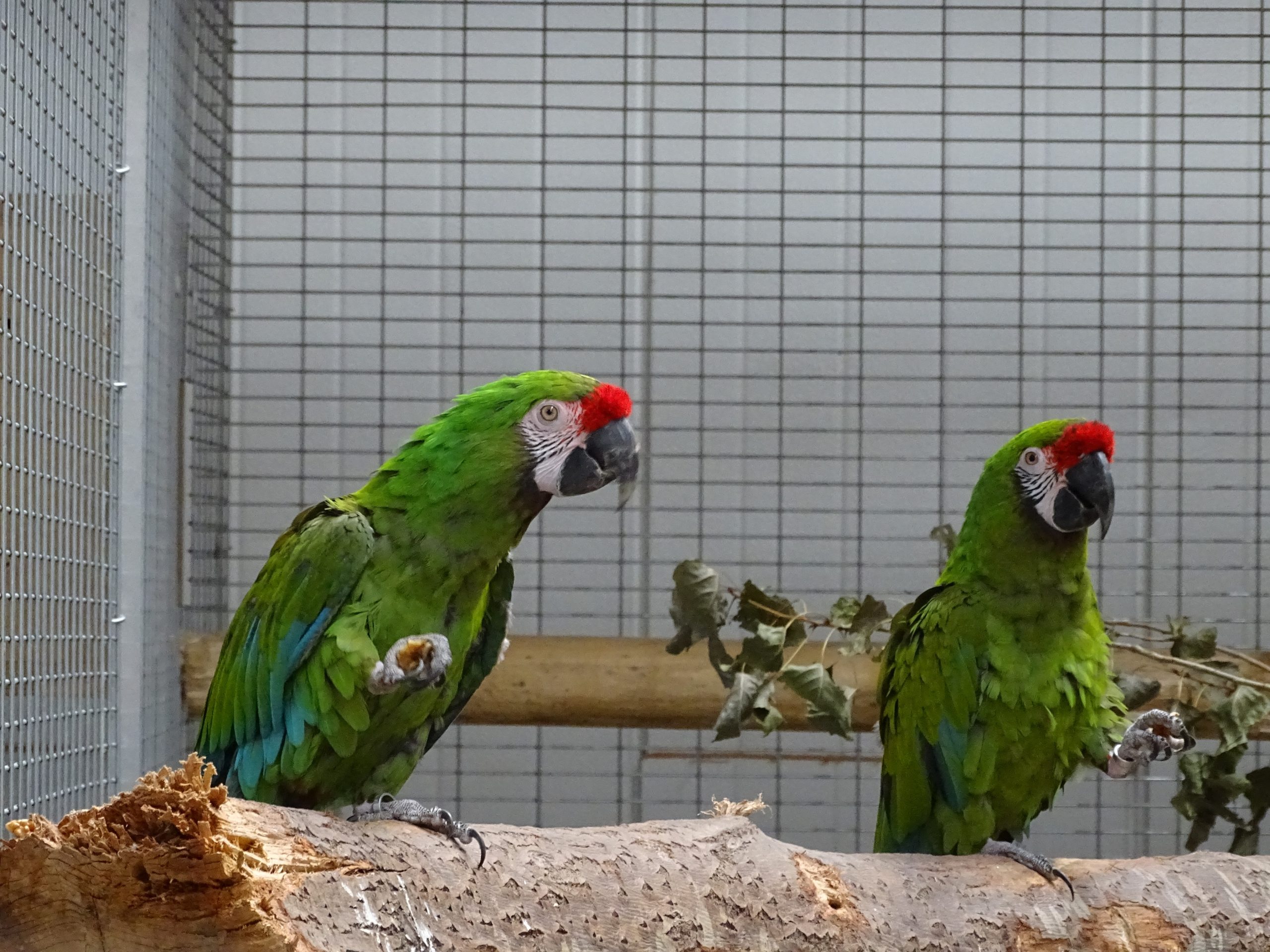Physical Description
There’s probably any more impressive rabbit on the planet than the Flemish Giant. If one walked by it is possible that you at first glance believe it to be an animal. The rabbits weigh around 15 pounds on average and can grow to a height in excess of 2.5 feet.
Males have bigger heads than females. Females also have a dewlap an enormous skin fold under the chin which is used to keep warmth for their infant. Green Birds A highly-respected Flemish Giant, according to breed norms, has a huge and attractively shaped head with erect ears, a large and strong body, a uniformly coated coat, and a round rump.
Flemish Giants have thick, glossy fur, which comes in a range of shades. Seven colors are acknowledged within the United States by the National Federation of Flemish Giant Rabbit Breeders. They are blue, black, fawn and steel gray, light gray-white, sandy, and light gray.
Origins
Flemish Giants are a very ancient breed of domestic rabbit. They have originally bred for fur and meat the breed was already existent in Belgium before the 16 century. century. The first breed standards were established in 1893.
While they are a domesticated breed Flemish Giants still retain certain traits that are characteristic of wild rabbits. They have large ears, which aid in hearing, and excellent eyesight as well, which can aid in identifying predators.
Introduction to North America
Flemish Giants are the first introduced to the United States from England and Belgium in the early 1890s.
Uses
Flemish Giants are still prized for their meat as well as their fur, however, they are commonly bred to be companion animals. They are referred to for being the “Gentle Giants” of the world of rabbits and are considered fantastic pets.
If properly handled they can be extremely docile and gentle with even small children. A lot of people also keep Flemish Giants to display. Due to their size, they require a spacious area to run around, however, they are litter box trained meaning that they can also be free to roam around inside.
Current Status
Flemish Giants are a stable and highly sought-after breed. In their long and varied history, they haven’t been in a breeding program that has been over-bred or harvested.
At The Maryland Zoo
Flemish Giant rabbits are among the most loved and friendly Animal Ambassadors from Zoo’s Animal Embassy collection. The sight of a lionhead rabbit for the first time will set you dead in your tracks. It’s difficult to know what the small ball of fuzz is until you’re close enough to see the tiny ears of a
rabbit peeking out of the soft mane of wool. Lionheads can be distinguished by their mane, which is a result of being able to express a distinct “mane gene” that arose from a genetic mutation. More
Lionhead rabbits are tiny
and fluffy and weigh around 3 pounds when fully grown. They have small bodies and upright, balanced ears that are about 3 inches in length. Apart from the manes they wear, lion heads also have long, slender hair on the chests as well as fluffy, shiny fur on their backs.
There are lion heads who wear long wool “skirts” around their rumps. Lionheads are available in a range of shades, including black, gray, white-brown, blueish, and slate.
Origins
Lionhead rabbits are thought to have been introduced to Europe at the end of the 20 century. century. The exact location and the litteris undetermined. It’s not even clear what breeds were crossed to create one of the first litters of lion heads. However, it was brought into England around the mid-1990s after which continued crossbreeding led to this current European version of the lionhead rabbit.
Introduction to North America
Lionhead rabbits were the first that were imported into the United States and arrived in 2000 in Minnesota. The following years saw more lion heads being introduced to other areas of the United States. The lion heads, in addition to hybridizations across in the United States, resulted in the present American version of the lionhead rabbit.
Uses
Lionhead rabbits are typically raised as companion animals, but they are also becoming a popular breed to exhibit. Can Dogs Eat Asparagus Lionheads were recognized by the ?

